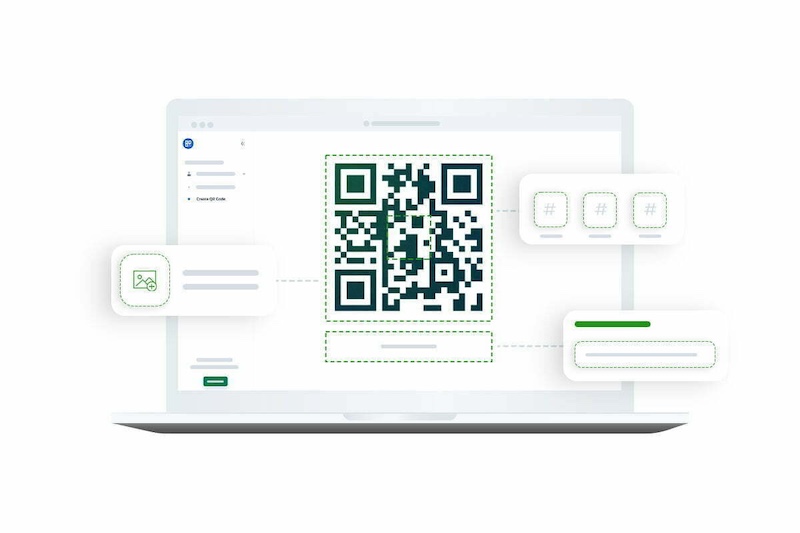In robotics and industrial automation, speed and precision matter but so does the ability to access the right information at exactly the right moment.
Whether it’s a maintenance engineer standing beside a robotic arm, a technician needing an updated calibration sheet, or an operator trying to verify a process instruction, delays in documentation cost time, money and uptime.
That’s why many factories and robotics manufacturers have started turning to dynamic QR systems. Instead of relying on paper binders, outdated USB files or buried intranet folders, teams now attach scannable access points directly onto machines, panels or components.
With a single scan, technicians instantly open the required manual, work instruction or troubleshooting guide.
What makes this shift powerful is that companies are not using generic static codes they’re standardising around dynamic QR workflows, often powered by tools like a QR code for technical documentation that can update documents in real time without replacing the physical label.
The Documentation Problem in Robotics is Bigger Than it Looks
Industries dealing with robotics often struggle with the same recurring issues:
- Manuals stored in multiple versions
- Operators referencing outdated PDFs
- Safety procedures that no longer match firmware updates
- Technicians wasting time searching for the correct revision
- Paper binders that degrade or disappear on the shop floor
- Complexity increasing with every new robot configuration
The result?
Small documentation errors turn into delays. Delays turn into downtime. And downtime in robotics environments is expensive.
Dynamic QR systems solve this by making one access point central and permanent, while the materials behind it remain flexible. If the document changes, the QR stays the same only the content updates.
Why QR-Driven Documentation Works So Well in Automation Environments
1. Zero Friction for Technicians
- A technician with one hand on a panel and the other holding a phone can scan instantly. No logins, no file hunting, no desktop needed.
2. Version-Control Without Training
- Robotics teams never need to ask “Is this the latest revision?”
- The QR always leads to the current version; older versions never accidentally circulate.
3. Perfect Fit for Safety-Critical Workflows
- Lockout/tagout steps
- Calibration procedures
- Shutdown protocols
- Emergency documentation
- All are accessible in seconds a crucial advantage when decisions must be quick and accurate.
4. Traceability for Audits
With dynamic QR logs, teams gain insight into:
- which documents are accessed the most
- when and where they were scanned
- which machines or lines need clearer instructions
- This creates a clean audit trail without adding administrative work.
5. Seamless Across All Robot Models
- A plant running ABB, FANUC, KUKA and Universal Robots simultaneously no longer needs scattered binders or PDF directories.
- Each robot gets a unified access method.
Real Use Cases Emerging in Robotics & Automation
Robotics Integrators
QR tags are added during commissioning to give clients:
- maintenance PDFs
- wiring diagrams
- programming references
- warranty conditions
- spare-part links
It reduces onboarding headaches and improves customer support.
Manufacturing Plants
Operators scan QRs attached to:
- control cabinets
- conveyor systems
- robot end-effectors
- safety fences
- junction boxes
This provides instant SOP access in environments where time matters.
Field Service Operations
- Service teams attach QR labels to equipment they maintain across facilities.
- One scan → historical documentation, last maintenance date, troubleshooting checklists.
Hardware Prototyping Labs
- Engineers print temporary QRs for evolving prototypes.
- Firmware documentation updates daily without reprinting.
Why the Shift is Happening Now
Robotics environments keep growing more complex, but the teams running them are expected to stay lean. The gap between machine sophistication and documentation clarity has widened. QR-driven workflows close that gap.
- The goal is not to add another heavy digital layer.
- The goal is to make existing knowledge instantly accessible.
- And that is why even highly advanced robotics operations adopt a tool as simple and as universal as a dynamic QR code.
A Lighter, Smarter Layer for Industrial Knowledge
When you look at industrial innovation over the last decade, many breakthroughs have focused on automation, robotics intelligence, machine learning and predictive maintenance.
But sometimes the most valuable innovations are not the most complex they’re the ones that remove friction.
- Dynamic QR documentation brings clarity where confusion used to exist.
- It creates consistency where multiple versions used to compete.
- It gives technicians autonomy where delays used to slow them down.
- It’s a quiet upgrade, but a meaningful one.

